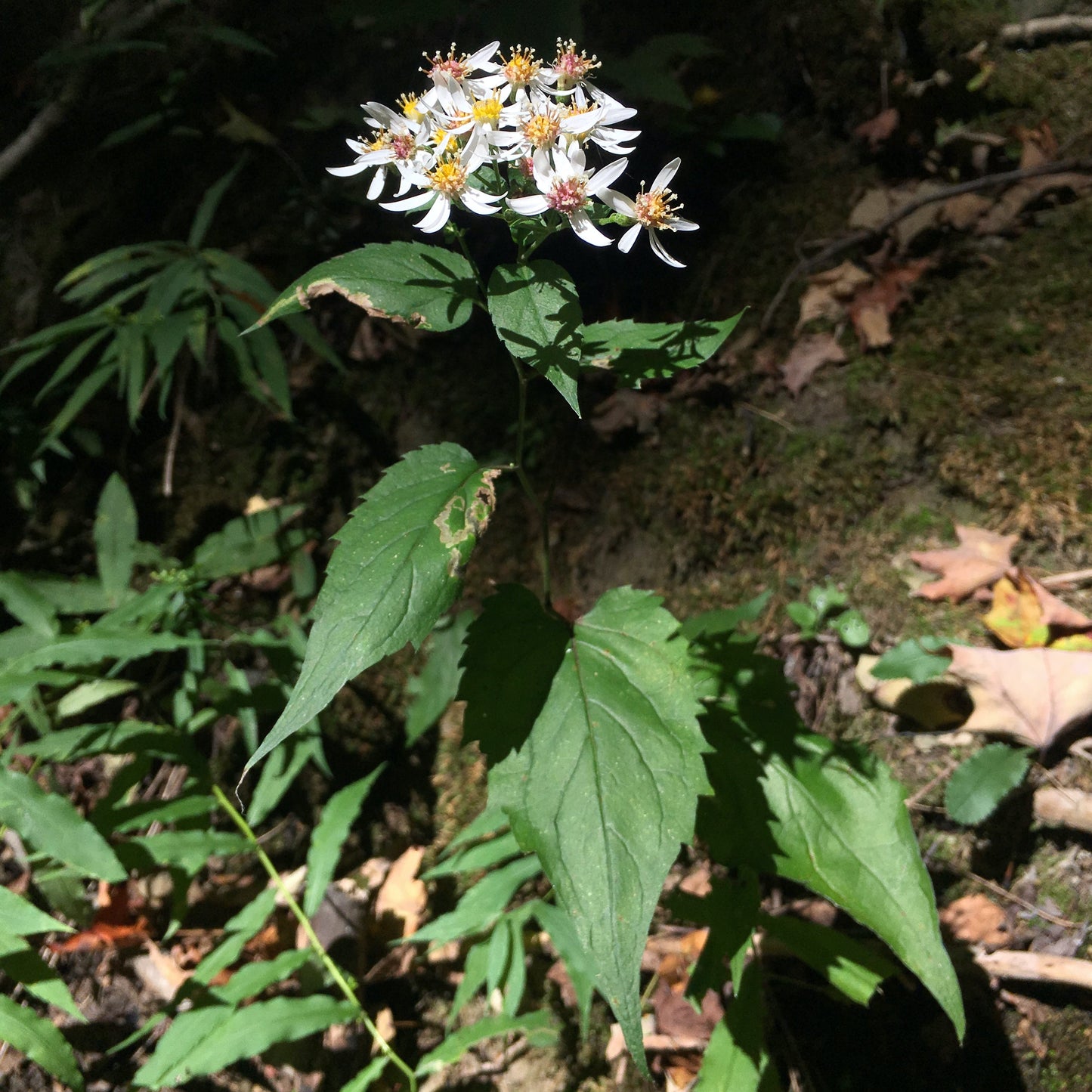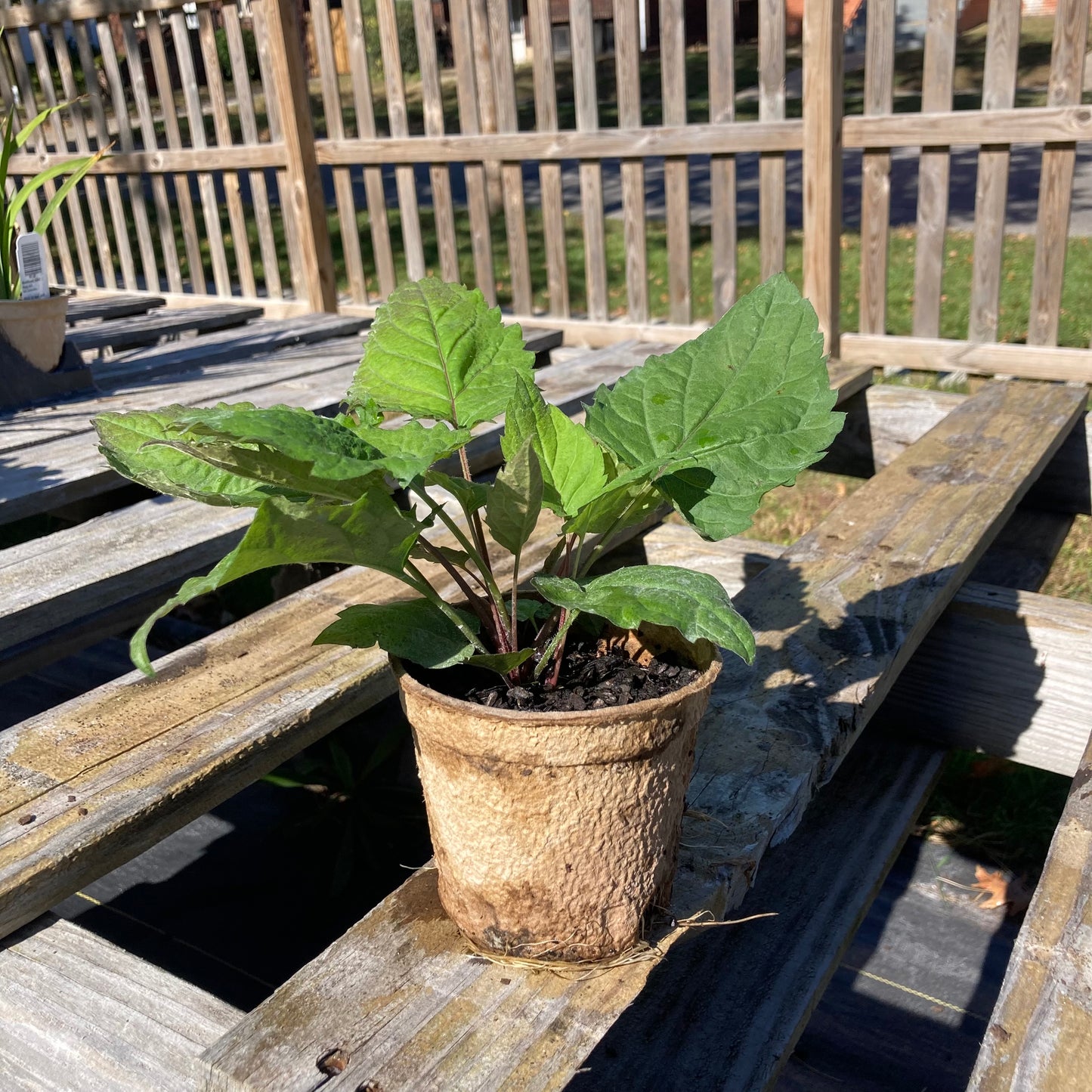White wood aster
Eurybia divaricata
Eurybia divaricata
Couldn't load pickup availability
Sun/shade: Part to full shade
Soil moisture: Dry to medium
Height: 1-2'
Flowering period: August
Deer resistance: Medium
Where growing in abundance, white wood aster forms a knee-high groundcover that buzzes with foraging bumble bees in late summer. The bees eagerly visit the plant’s sprightly white flowerheads, which produce both nectar and pollen. Some of these bees are male drones and next-years queens who are seeking mates, and they will pursue their amorous encounters among the blooms.
White wood aster has good tolerance for dry soils as well as shade, and it often spreads to form an extensive colony. The plant can thus bring beauty and wildlife value to tough growing situations. A native of NE Ohio forests and forest edges, white wood aster attains a height of 1 to 2.5 feet and blooms during the late summer and early fall. It typically blooms earlier than other asters and goldenrods and is thus especially useful in the garden. The plant provides a lovely prelude to the arching blossoms of wreath goldenrod, a species which is also adapted to shady, rather dry environments.
Photo by Julie Slater.



